7 Influencer Marketing trends for 2023 (6 of 7) : the ROI-Driven Influence
Wanna know everything about the main Influencer Marketing Trends for the next few years? TREND #6 : The ROI-Driven Influence
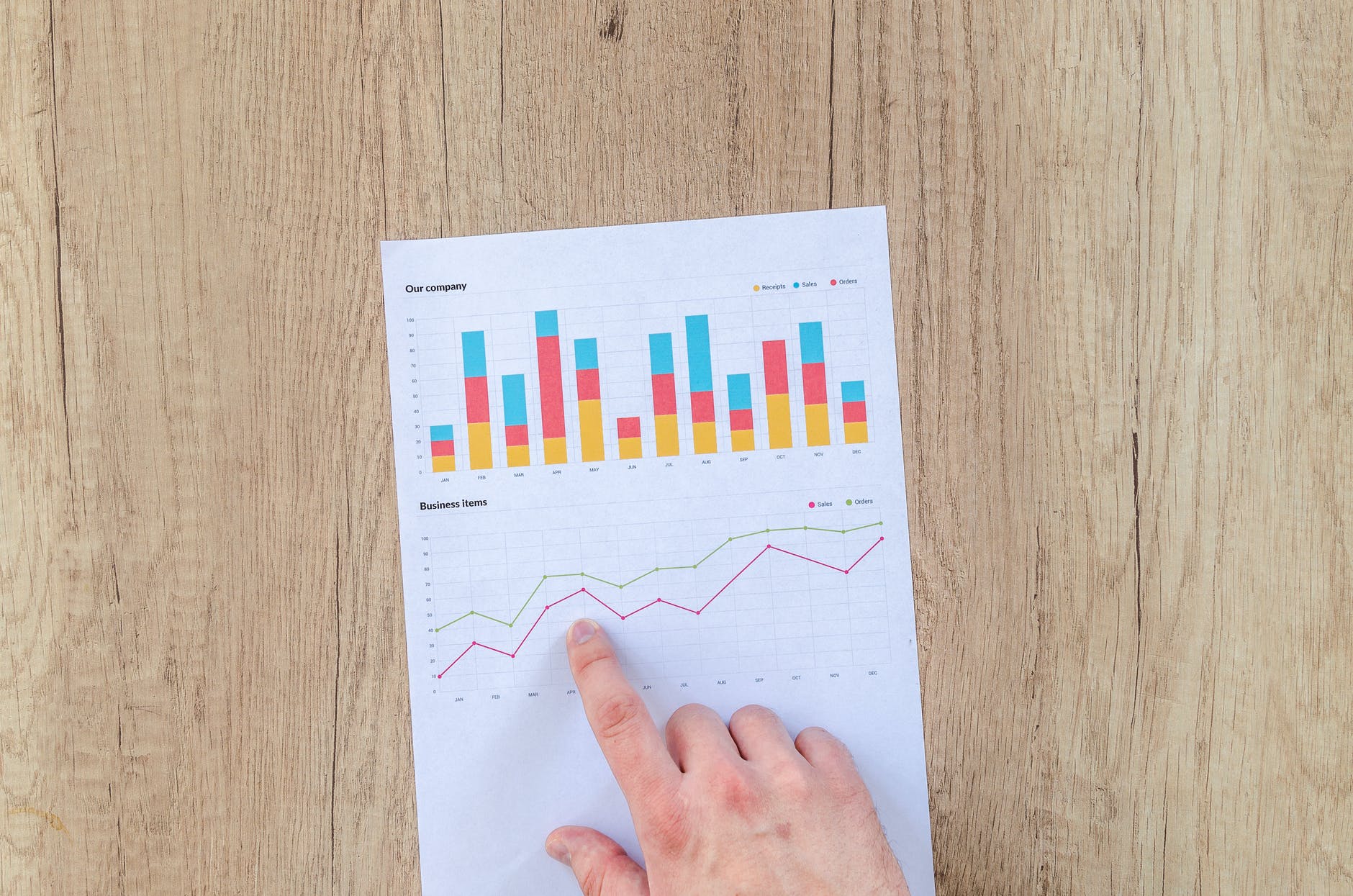
Photo by Lukas on Pexels.com
I believe that 7 influencer marketing trends are now emerging for the next 3 years (for 2023):
The first five were detailed in previous articles:
- The scarcity of data, or the end of easy and free access to data from social networks.
- The CIOs era (Chief Influence Officer), or the affirmation of Influence Marketing as a field in its own, transverse to the various functions of the company.
- We Are All Influencers, or the use and promotion of 100% of the stakeholders (employees, customers, suppliers, shareholders) of the company as Key Opinion Leaders (or K.O.L).
- The End of Amateurism, or the professionalization of practices in Influencer Marketing, from advertisers to influencers.
- Influence at Scale, or the boom in advertisers x KOLs collaborations, in terms of volume and complexity.
The sixth one is detailed below : the ROI-Driven Influence, or the need for performance in Influence as a media – measured and managed.
TREND #6 : The ROI-Driven Influence
The need for performance in Influence as a media – measured and managed
IM budgets are skyrocketing, with huge financial stakes.
In a few years, Influencer Marketing has gone from a PR matter to a media issue, making it possible for brands to respond to branding, acquisition but also conversion goals.
Budgets are skyrocketing, and thus with much greater financial stakes. For example some of our customers at Kolsquare already invest more than 1M€ per year in IM!
In 2018, 38% of global media investments ($ 590 billion according to Dentsu) are now digital (vs 37% TV) and the trend is growing, especially on social networks. This is a good indicator.
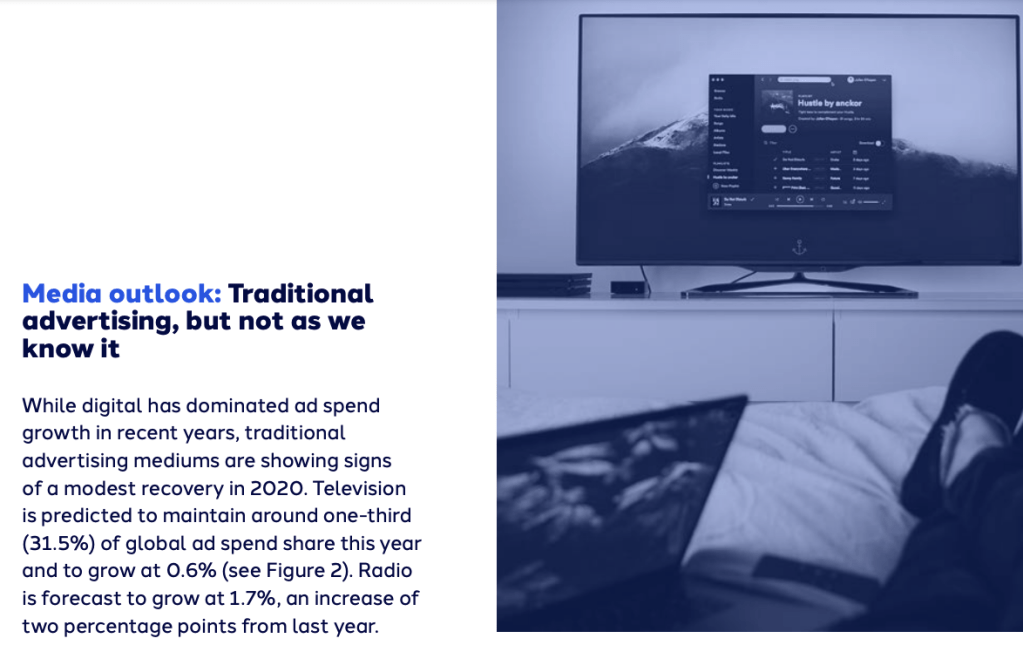
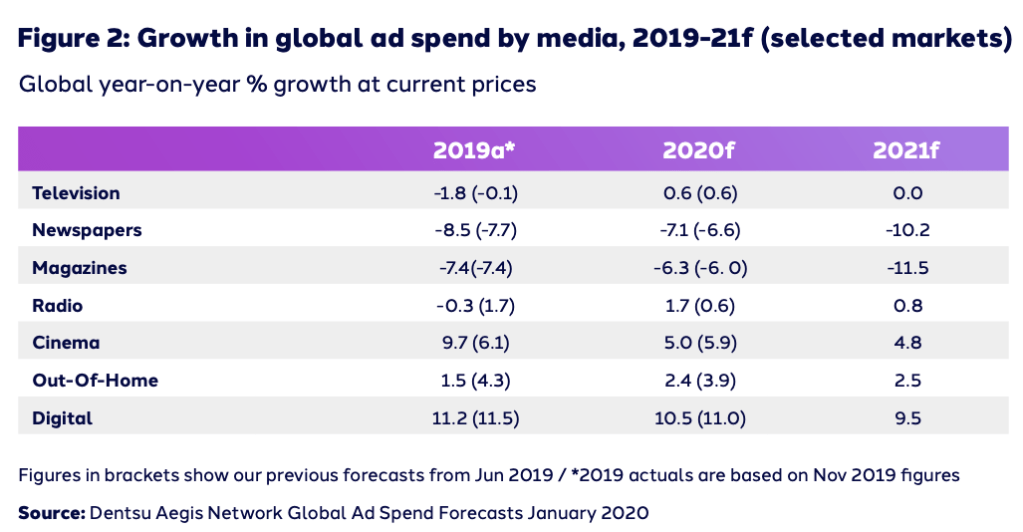
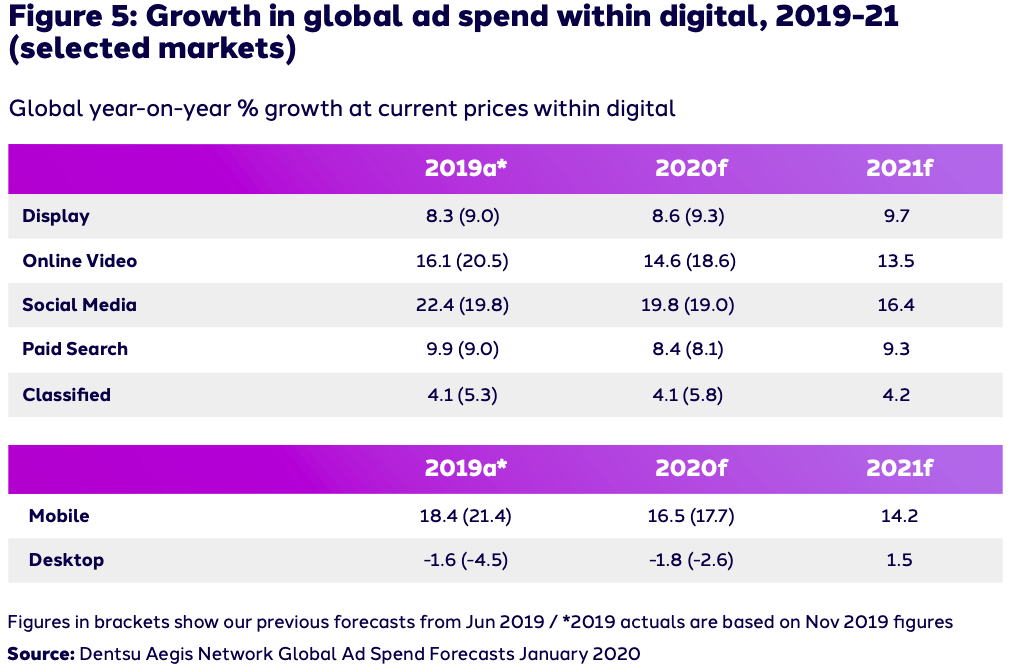
In addition, the constraint of AdBlockers and the end of third-parties cookies question traditional advertisements like banners, in favor of native advertising (and thus Influencer Marketing).
As a result, Influence Marketing budgets should grow very significantly in the coming years… Probably up to 30 or even 50% of media budgets. A tremendous market on a global but also regional and local scale.
The huge IM financial stakes now require extremely close monitoring of the ROI in Influencer Marketing.
Once perceived as accessory by managers, Influencer Marketing is now becoming a key lever in the marketing mix, even monitored on the Board of Directors. So measuring performance has become fundamental. This is all the most required for digital media where users naturally consider that everything can be measured (which is not always true unfortunately)
ROI becomes at the heart of influence conversations: almost 100% of prospects or customers ask us about R.O.I, indicators, how to measure it, comparison with other digital techniques, performance of best practices, etc.
No unique way to measure the ROI of Influencer Marketing today

Photo by Lisa Fotios on Pexels.com
We currently see that the culture of R.O.I varies greatly from company to company, from industry to industry and country to country. Some are satisfied with simple likes or views metrics, others go so far as to track the slightest action generated by each content generated by a KOL.
Overall, brands are professionalizing their approaches, but they measure the ROI of their influencer marketing actions in very different ways. For instance, it is for this reason that Kolsquare has launched an initiative with IAB France to harmonize practices in our industry.
The advent of influencer marketing platforms now allows precise measurement of the ROI for each type of campaign, depending on the objectives and their specificities. It is possible to achieve very fine levels of granularity adapted to the specificities of each social network, each sector, each brand, or even each country.
The interconnection of influencer marketing solutions with other corporate social media performance software, such as social listening, allows for a better measure of the long trend impact of IM campaigns.
More and more companies are now connecting influencer marketing with more mature digital performance technologies like affiliate marketing. It allows brands to confirm a direct link between the post and the lead or sale generated.
The recent development of “shoppable” features in many social networks such as Instagram, Amazon, or 21 Buttons, is a confirmation of this trend. We are witnessing a convergence between e-commerce and social networks, making it possible to make the direct link between the content and the final sale: the Grail!
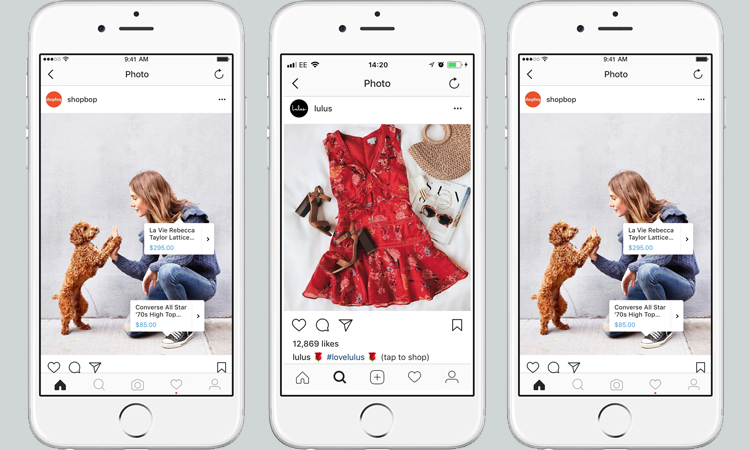
By the way, we currently see a boom in white label e-shop technologies dedicated to influencers, making it possible to promote service products in one place, but also to track sales.
Best practices to increase your Influencer Marketing ROI
Faced with performance constraints, brands are doubling their efforts and creativity.
In general, there is currently better segmentation in the choice of KOLs, with the aim of improving the affinity between the promoted brand and its audience. Marketers of course use the “classic” socio-demo segments provided by the social networks themselves. But technology now makes it possible to go much further, for example by identifying the « family structure » or even the « Socio-Professional Categories ».
To go further, hyper-segmentation is even now the order of the day to increase the ROI of IM campaigns. Using AI and BigData, it makes it possible to target tribes of buyers with a very fine level of granularity. Or even to use « Shopper Graph » and a unique follower identifier to adapt each message to each individually qualified follower, leveraging hundreds of data points.
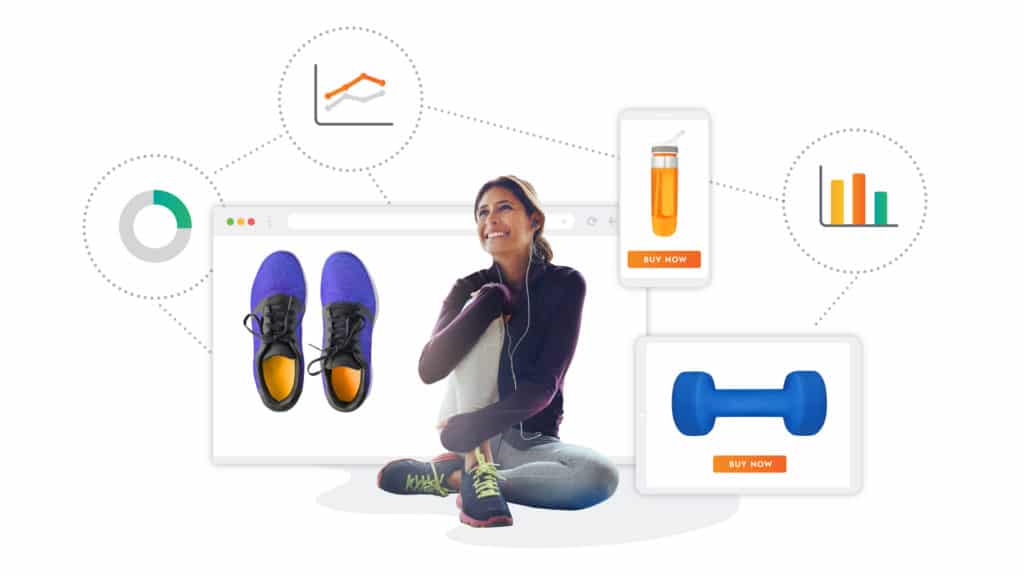
In addition, in order to boost their ROI, many advertisers go beyond simple tracked links by retargeting exposed IP addresses. This precise measurement then opens the way to a payment for performance, even if it is still very much in the minority today.
Media buying on top of a sponsored posts is also a technique very popular to boost reach and commitments at a lower cost, while bypassing the limits of the natural reach (which has been continuously deteriorating for years).
Finally, the most successful brands in influencer marketing do not hesitate to constantly explore new social networks. The democratization of Influence Marketing has indeed created significant competition for brands with KOLs, reducing the ROI initially achieved by pioneer brands. This competitive pressure requires much finer campaign management now, as well as an exploration of social networks and under-exploited communities that could offer the best ROI at the moment.
The future of ROI-Driven Influence Marketing.
Everything suggests that we will very soon see a convergence of influencer solutions with already more established solutions such as affiliation, but also e-commerce platforms as well as retargeting.
Changes in mentalities, but especially innovations in measurement technologies, will encourage influencers and brands to agree to work on performance. Performance-based campaigns will become the norm, in a common interest.
Influencer Marketing platforms will be more integrated with Social Networks media buying platforms, increasing campaign performance through media buying, while facilitating measurement.
And you, did you identified this trend too? Do you have a ROI-Driven approach of Influencer Marketing? How do you measure ROI for your Influencer Marketing collaborations?
Publié dans: Influence
